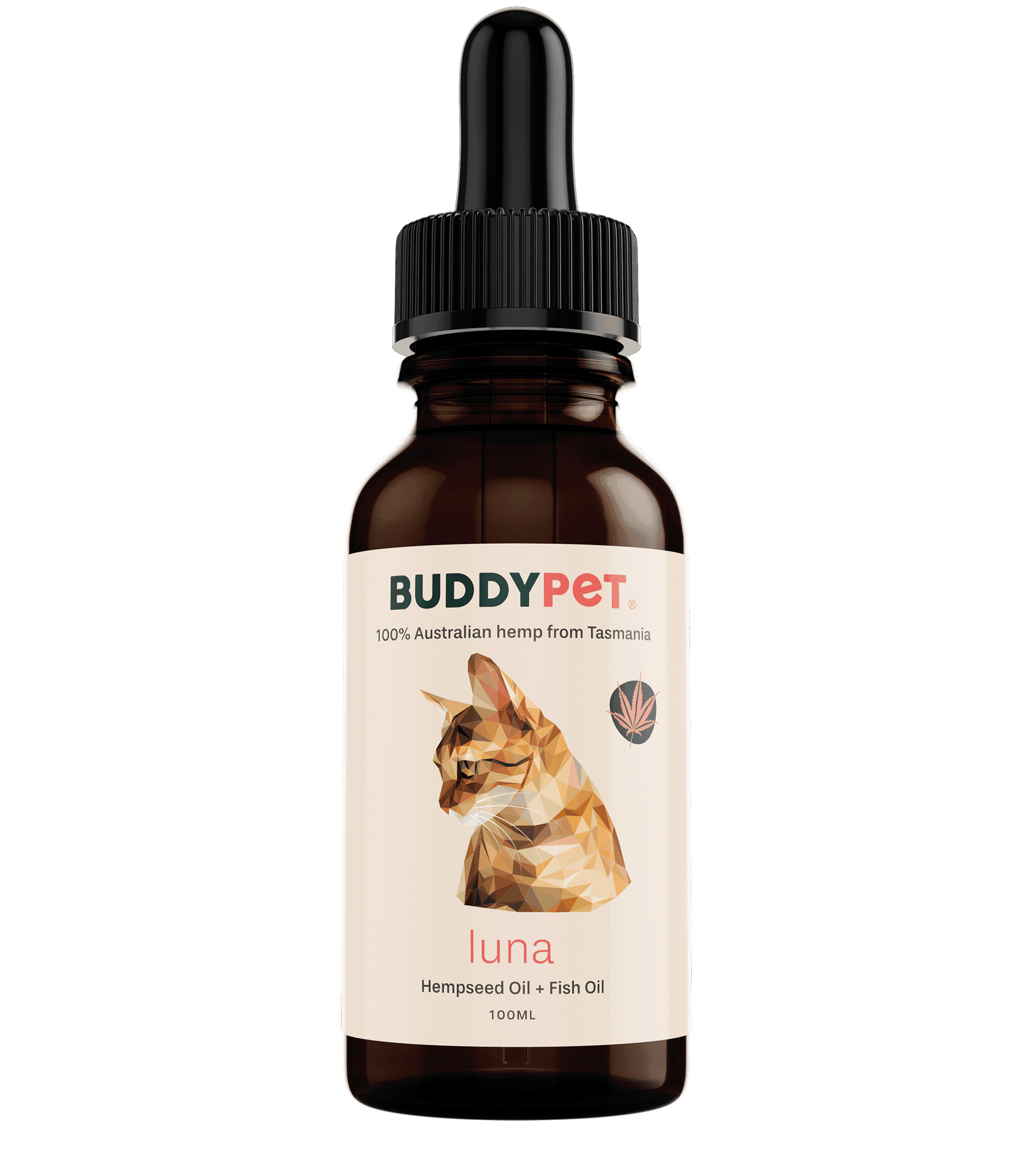Veterinarians see arthritis in various stages every day, and it’s not always something that an owner notices. Many of our pets are stoic and naturally averse to showing signs of pain and discomfort, which is entirely normal with their survival instincts. However, how are you supposed to know if your dog is suffering from arthritis?
Well, you’re not the only dog owner wondering the same thing. Symptoms of arthritis can be subtle, so that’s where understanding the stages and protocols can be helpful. Scroll down to find out how to identify your dog’s arthritis in its earlier stages.
What is Arthritis in Dogs?
Arthritis is characterised by inflammation of a joint or several joints. This can occur naturally over time due to wear and tear or may be linked to a specific injury or disease process.
Some of the symptoms of arthritis are:
- Change in activity levels
- Lameness/limping
- Difficulty getting up off of the floor
- Difficulty getting comfortable lying down
- Reluctance to jump into or out of a car or climb stairs
- Stiff gait or change in posture
- Muscle wasting from lack of use
For a closer look at the signs of osteoarthritis, read our article Osteoarthritis in Dogs: Signs & Symptoms.
Is Arthritis the Same as Osteoarthritis in Dogs?
Arthritis and osteoarthritis are not necessarily the same, albeit similar.
Arthritis is defined as inflammation of the joint, and there are many types of arthritis, for example, rheumatoid arthritis, osteoarthritis and psoriatic arthritis. Osteoarthritis, or OA, is the most common type of arthritis in dogs and occurs when the articular cartilage at the ends of bones wears down, leading to increased friction, inflammation and pain. The term “degenerative joint disease” (DJD) is also used to refer to osteoarthritis, and “arthritis” is commonly used interchangeably to mean osteoarthritis.
What Are the Stages of Arthritis in Dogs?
Because arthritis is so common, even affecting 1 out of 5 dogs over the age of 12, there are four stages used to define each phase. Veterinarians use these stages to interpret their condition's severity and apply that to an appropriate treatment plan.
- Stage 1: A young animal that is predisposed to osteoarthritis due to conformation of a bone or injury.
- Stage 2: A pet that currently has a joint disease (seen on X-rays) but with minor damage to the joints and few symptoms.
- Stage 3: A pet with moderate damage and some symptoms, +/- decreased range of motion to the affected area.
- Stage 4: A pet with severe damage and clinical signs, such as muscle wasting, stiff joints, difficulty rising, jumping or performing other everyday activities.
The only way to appropriately diagnose your dog with arthritis is to have them examined by a veterinarian. If you have any suspicions that your dog could be suffering from the early stages of arthritis, then book an appointment with your Vet to prevent further damage.
Stage 1: Early Predisposition
The early stages of arthritis have begun, so the next step is to prevent further damage to the affected joints.
Typically, dogs at stage 1 have incurred a minor injury to a joint, such as cruciate ligament injury in the stifle (the knee) or have a known conformation issue such as hip dysplasia. These issues predispose the joint to abnormal wear and tear and lead to the earlier onset of osteoarthritis.
When we know that damage has occurred, the first thing to do is provide the dog with beneficial supplements such as glucosamine, chondroitin and omega-3 fatty acids. Another supplement that many owners see good results with is hemp seed oil due to its secret weapon, gamma-linolenic acid (GLA), and other anti-inflammatory agents and free radical scavengers.
Weight control and low-impact exercise are also essential to combat further joint damage and arthritis. Feeding a diet that is meant for joint health can go a long way as well. Foods specifically designed to support mobility and joint health are great options.
Stage 2: Minor Damage and Few Symptoms
When approaching the second stage of arthritis, the protocol should utilise all of the suggestions from stage 1 and apply pain control with as-needed pain killers.
Your Vet may recommend regular pentosan polysulphate injections to help rebuild and protect the joint cartilage.
NSAIDs (non-steroidal anti-inflammatory drugs) may be needed periodically for pain. These are prescription-only medications and are not without side effects, so they need to be administered under Veterinary supervision.
Stage 3: Moderate Damage with More Symptoms
Often symptoms of arthritis will go unrecognised until the pet has reached the third stage of this condition. At this point, the signs are more prominent, and an owner has started to notice changes in their dog’s routine or behaviour.
The protocol for stage 3 is to incorporate all of the suggestions from stages 1 and 2 but may also include the following:
- Low impact, strength building and range of motion exercises at home.
- Regular pentosan polysulphate injections
- Daily NSAIDs for pain control
- Joint supplements
- Acupuncture
- Rehabilitative exercises and therapy, such as underwater treadmill, swimming, massage and cold laser therapy.
Stage 4: Severe Damage and Clinical Signs
As dogs approach the fourth stage of arthritis, they will show several signs of severe joint damage and pain. Many dogs will struggle to do normal daily activities, cry or whine often, and spend most of their day laying around as much as possible. This lack of mobility can be life-threatening to some of these dogs.
The typical protocol for stage 4 of arthritis is to address their pain and discomfort as much as possible while incorporating all of the recommendations from stages 1, 2 and 3. Most often, they require higher doses of NSAIDs, the addition of other pain killers, such as opioids and a more intense physical therapy regimen to help build back their strength. Acupuncture can be beneficial in alleviating pain in stage 4 as well.
Hemp CBD or Hemp Seed Oil for Hip and Joint Pain in Dogs
Veterinarians have started encouraging the use of hemp seed oil for dogs suffering from arthritis and osteoarthritis. This treatment has gained popularity as it has recently proven to alleviate many pain symptoms in our arthritic companions.
The beneficial cannabinoids work together to reduce inflammation in your dog’s joints. The hemp seed oil's natural concentration of the component, gamma-linolenic acid (or GLA), works as a healthy anti-inflammatory omega-6 fatty acid. While some people believe that omega-6 fatty acids work as pro-inflammatory inducers, the fact is that GLA works differently - it reduces the inflammation of the affected joint.
For advanced stages of arthritis, talk to your Vet about hemp CBD oil. Extracted from the leaves and flowers of the plant, hemp CBD oil is an excellent anti-inflammatory and analgesic agent and it can be very helpful in managing chronic pain in damaged, arthritic joints.
At BUDDYPET, we recommendMilly for dogs suffering from arthritis.
Milly is a delicious blend of hemp seed oil and turmeric. There is a unique, symbiotic relationship between Turmeric and Hemp Seed Oil – they amplify each other’s power, making Milly particularly helpful for dogs in their golden years.
- Turmeric reduces specific inflammatory chemicals (cytokines), while hemp seed oil reduces inflammation through fatty acids (eicosanoids) that can promote anti-inflammation. Together, they attack inflammation on different pathways.
- Zinc, abundant in hemp seed oil, bolsters curcumin’s anti-inflammatory properties. Zinc-curcumin blend inhibits proinflammatory cytokines. Curcumin, in turn, increases the bioavailability and absorption of Zinc in hemp seed oil – an essential trace mineral that plays a significant player in the creation of DNA, growth of cells, the building of proteins, and healing of damaged tissue and supporting a healthy immune system.
- Lastly, the antioxidant action (to reduce oxidative stress and slow ageing) is amplified when the antioxidant value of polyphenols in turmeric is added to the antioxidant value of Vitamin E in hemp seed oil.
BUDDYPET Milly is our best-in-show supplement for senior dogs suffering from arthritis.
As always, you must speak with your veterinarian before starting your dog on a new supplement, medication or diet, as even natural supplements such as hemp seed oil can interact with other supplements or medications.
Conclusion: Canine Arthritis Stages and Protocols
Canine osteoarthritis is too common and affects over 1 in 5 of our companions. If you’re suspicious that your four-legged friend could be suffering from joint pain or arthritis, don’t hesitate to reach out to your veterinarian. It is critical that you catch the symptoms of their arthritis before it becomes a problem. You can help reduce any further damage to their joints, prolonging their life and overall happiness in the future.
Photo by Meghan Hessler on Unsplash




